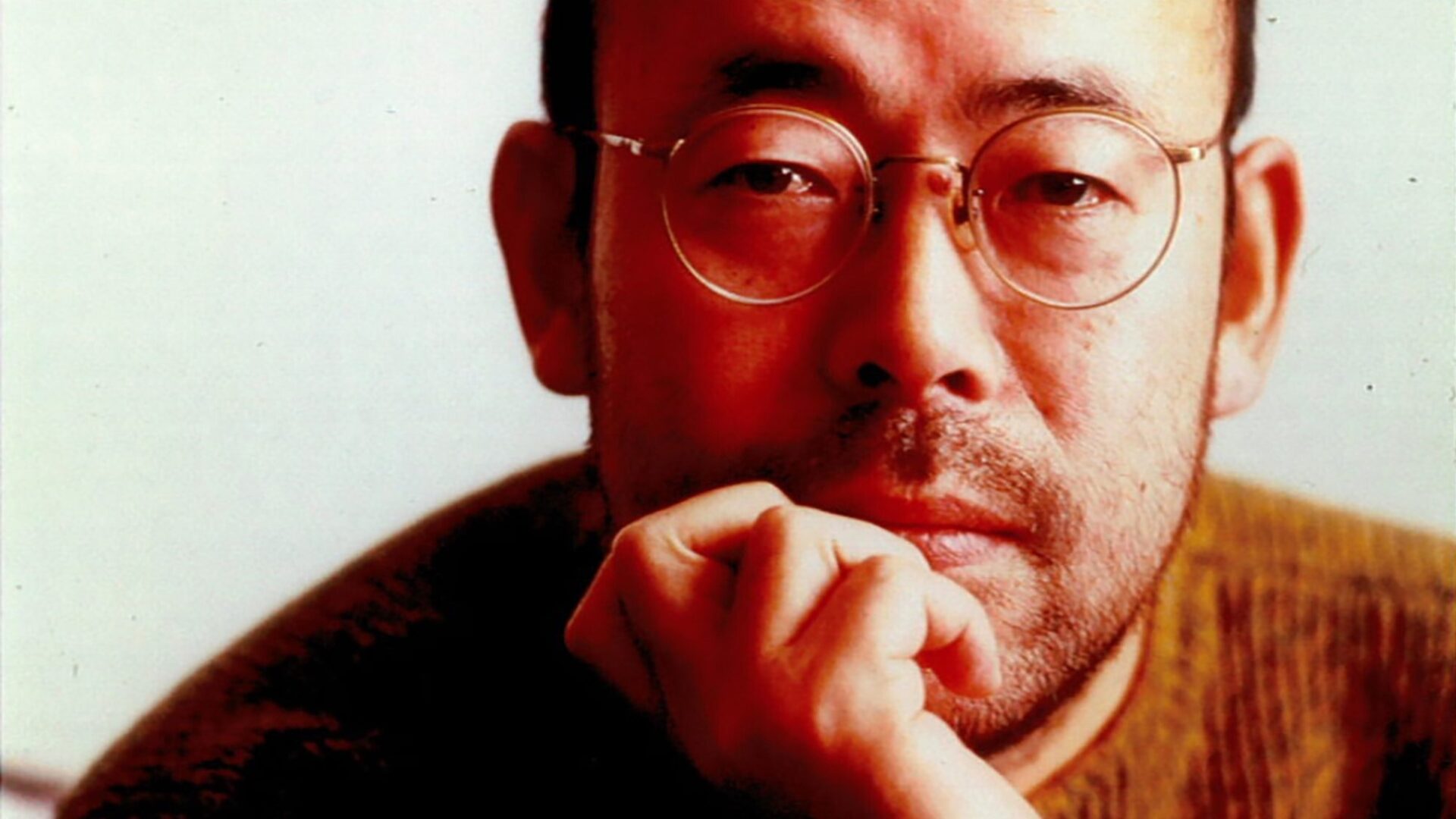November 4–13, 2023
Somai Shinji × 3
“For anyone who wants to see a movie that has the power to change and sustain your life, I urge you to see Somai Shinji’s films.”
Hamaguchi Ryusuke
The first theatrical North American release of key films by Somai Shinji this year is proof that film culture is anything but dormant. Rather, as it must have felt to ardent cinemagoers and aspiring directors in Somai’s breakout decade of the 1980s, this is the chance to feel a tectonic shift, revealing causal links between two acclaimed generations of directors.
Somai was born at an odd time. Initially a law student, he was awakened by the Sanrizuka Struggle and turned to cinema at the precise moment the studio system (and theatrical attendance in Japan) eroded, never to fully recover. Too late to have joined the Japanese New Wave of Oshima, Imamura, Suzuki, and Masumura, he slipped in just as the door was closing at Nikkatsu and apprenticed before being turned loose into a changed world. Part of the reason his films have never been consistently distributed in the West is because he would never, over the course of his career, have a single long-term studio home.
Overlooked by influential English-language film historians like Donald Richie, Somai is nevertheless a figurehead for the Japanese directors that emerged as iconoclasts in the ’90s and ’00s: Kore-eda’s After the Storm is an explicit homage to Somai’s Typhoon Club, while Kitano’s Sonatine likewise arrives at its moment of transformation by way of a downpour. Iwai Shunji, Kurosawa Kiyoshi, Hamaguchi Ryusuke—the list goes on and on. Somai was their awakening, their oasis, their call to action as artists.
Somai’s films are usually introduced by mention of their impressive long takes (across his entire filmography, his average shot length is 61 seconds), but he is no student of Mizoguchi, nor do his films ever resemble the Tarkovskian world of painterly adjustment. Instead, in his unconventional, rebellious coming-of-age films, he directs actors (whether adolescents or adults, but mostly the former) like athletes: to push at the bounds of the image, to run through and over walls, to leave no energy untapped.
Somai’s miraculous coordination of cranes and hand-held shots (which includes unbroken hand-offs between the two) disguises the fact that he was ever working with the same budgets or equipment as the rest of the industry. Restlessly inventive, Somai operated at an elevated level for two decades before his work was cut short. He died in 2001 at only 53 from cancer, having completed 13 films. Long overdue, The Cinematheque is excited to present three masterful films by Somai following their re-introduction to North American audiences at Japan Society’s retrospective in New York earlier this year.
A newly translated “supplemental reading” zine, featuring an essay by Hamaguchi Ryusuke and a lecture by Somai Shinji, will be free in our lobby before screenings of Somai’s films. Get your copy while supplies last!
“Innumerable filmmakers—from Akerman and Astruc to Hou and Hamaguchi, Welles and Wyler—have found strange riches in the long take. None of them have explored it as thoroughly as Somai, have pushed it so relentlessly, ecstatically far, in such diverse, unexpected directions, and to such a profound understanding of its nature.” Bingham Bryant, Brooklyn Rail
“To Somai, the physical limitations of the world always seem conquerable for his characters, and that starts with how his camera approaches those same obstacles … [His] cinema breaks boundaries with a regularity and purpose that few other filmmakers have matched.” Brad Hanford, In Review Online
“[Somai’s] films are so honest, and also sometimes very brutal and surprising … He’s a director who made great films, yet he’s never been [fully] recognized outside Japan—he’s someone whose work needs to be seen and discussed.” Chris Fujiwara
“[Somai’s] extremely consistent qualities run through an exceptionally broad range of films … It’s obvious that Somai offers one of the most distinctive, powerful visions of cinema anywhere, with a camera that can travel not only through space and time, but under the viewer’s skin.” David Cairns, MUBI Notebook
List of Programmed Films
| Date | Film Title | Director(s) | Year | Country |
|---|---|---|---|---|
| 2023-Nov | P.P. Rider | Somai Shinji | 1983 | Japan |
| 2023-Nov | Typhoon Club | Somai Shinji | 1985 | Japan |
| 2023-Nov | Sailor Suit and Machine Gun | Somai Shinji | 1982 | Japan |
